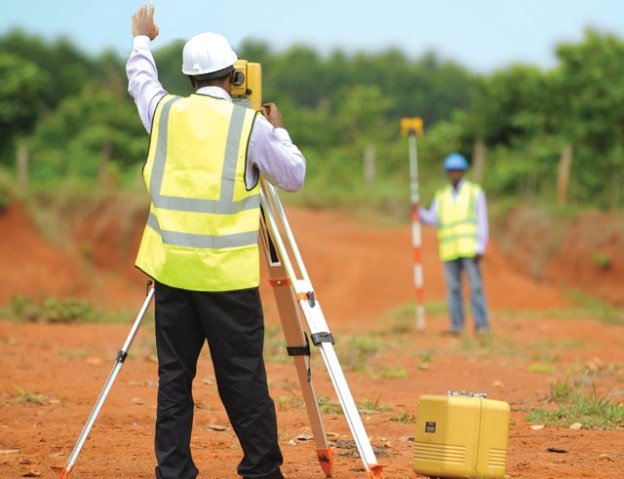- The financial system, along with suggested modifications to tax policies and budgeting practises, allows for the efficient, secure, and swift movement of people and things.
- Create a road network that operates efficiently and economically.
- Plan for upcoming road needs and improvements in light of advances and socioeconomic needs.
- Establish data-driven priorities for the construction of each road link based on its benefits.
- To develop financial methods.

Preparation of Plans:
- Plan 1: A general map of the area that depicts nearly all of the existing features, including terrain, current road networks, drainage systems, rivers, populated villages, agricultural land, etc.
- Plan 2: The distribution of demographic groups based on the classifications established in the relevant plan.
- Plan 3: Displays the locations of several locations together with their corresponding levels of productivity.
- Plan 4: Displays the current road network along with studies of traffic patterns. suggested fresh and different routes.
Interpretation of Planning Surveys:
- To select the road network among alternative options that offers the most utility.
- To organise construction projects according to priority and phase the development plan.
- Examining traffic flow patterns to gauge actual road usage.
- The investigations are used to develop structural and geometric aspects.
- The economic activity of the regions can be used to compare them. vi) On a statistical basis, the information gathered from fact-finding surveys can be examined for potential patterns in the future growth of a region.
Master Plan:
Road development plans for a city, area, street, or a whole country are referred to as master plans. It is a perfect blueprint that depicts the area’s entire growth at a later time. It acts as the blueprint for the plan to build a network of new roads and to make some improvements to some of the current ones. It aids in regulating the development of the area’s industrial, commercial, agricultural, and environment in a methodical manner. It presents a realistic image of a fully built place in a planned and methodical manner.
Stages in the Preparation of Master Plan:
- Data collection: This includes information on current land use, agricultural and industrial expansion, population growth, traffic patterns, geography, and emerging trends.
- Creation of a draught plan and solicitation of public and expert feedback.
- The draught plan was revised in light of the debates and suggestions made by professionals and the general public.
- Comparing different alternative road system proposals and determining the order in which the master plan will be implemented. Based on population, area, and agricultural and industrial output, many road plans in India set target road lengths. When creating a master plan for a town or locality, it can be used as a guide to determine the overall length of the road system in each alternative proposal.
